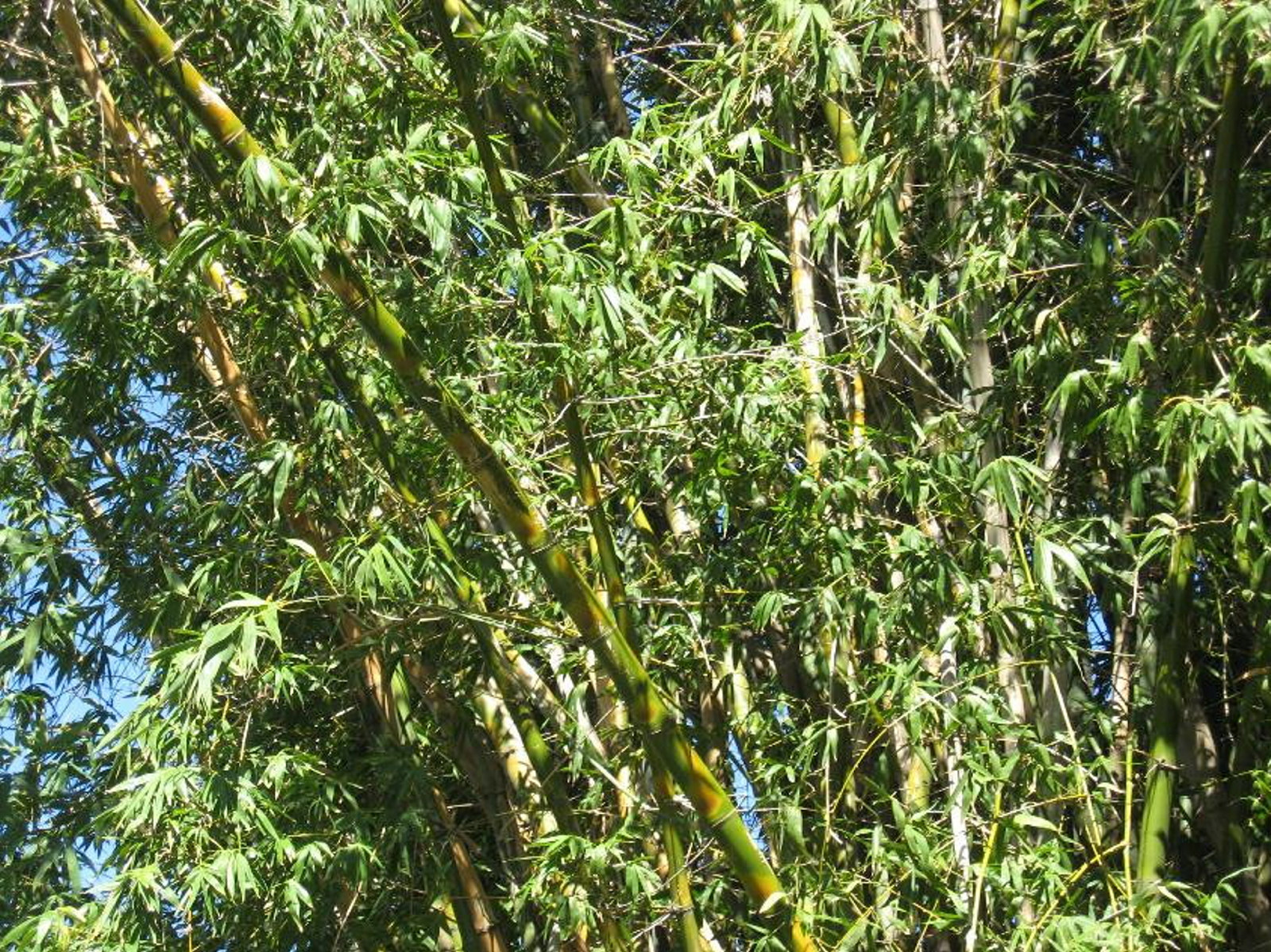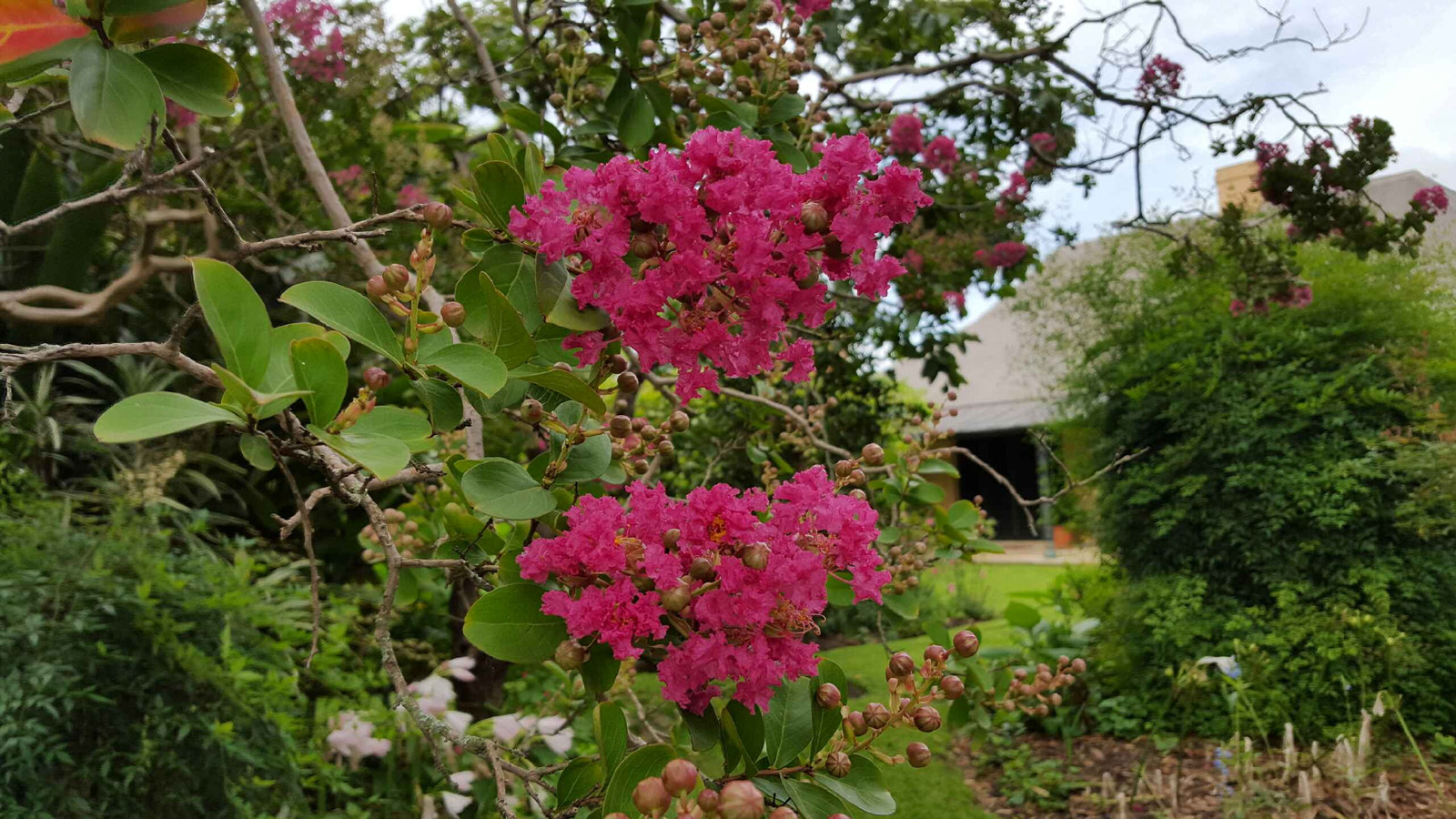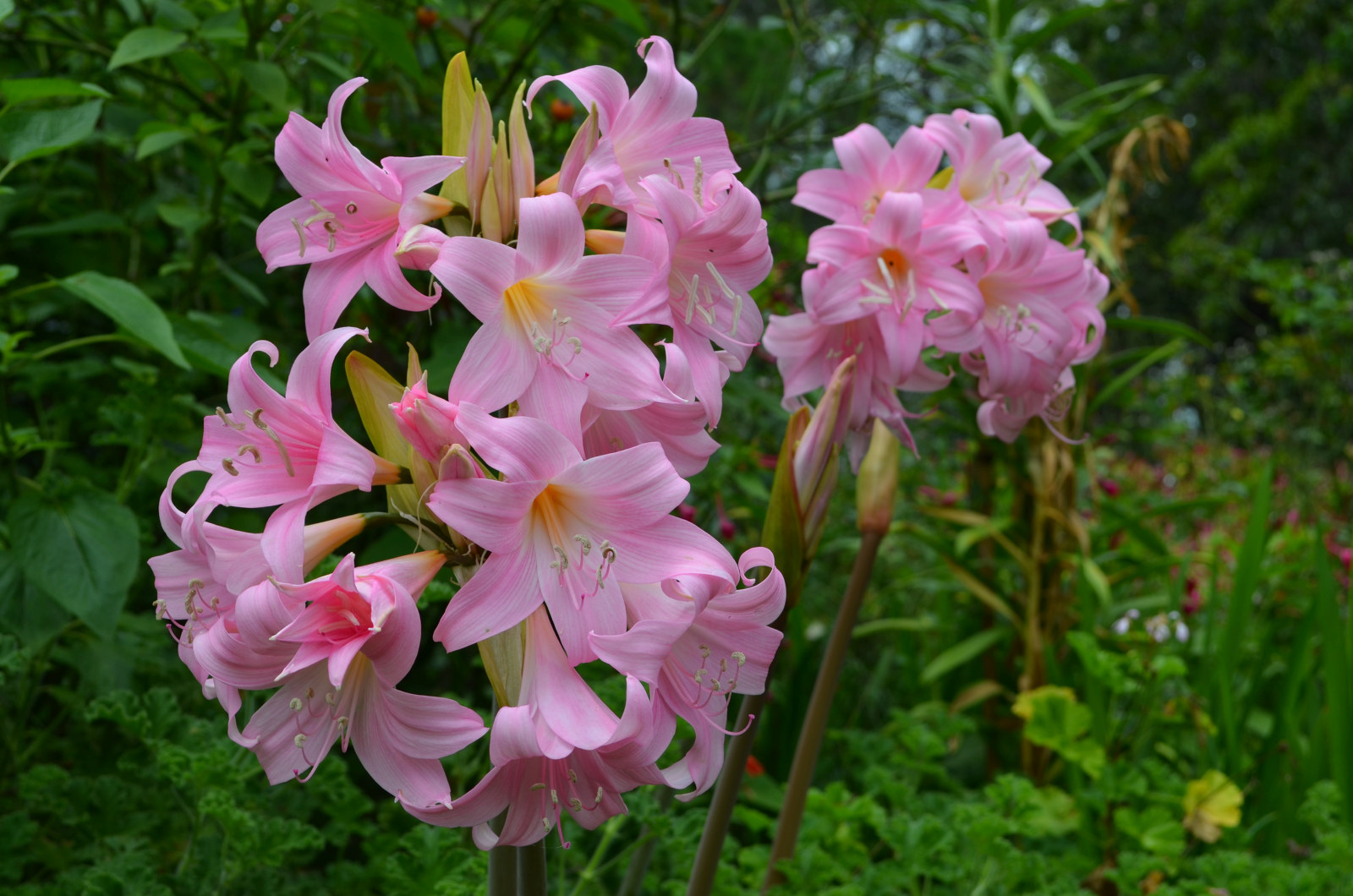Jewelled tears
Currently flowering on the verandahs at Elizabeth Farm are exotics from South America – Billbergia nutans, a type of bromeliad. They remind us that colonial gardens contained botanical riches from all around the world.
The pendulous florets which swing in the lightest breeze hang from a pink bract, and are in wonderful shades of pink, green edged in purple, and with buttery yellow stamens. They have a beautiful, pendant-like effect, like a piece of rich jewellery. The common name ‘queen's tears’ apparently comes from the drops of nectar that appear on the flowers when bumped.
The bilbergias are a particularly showy type of bromeliad. Billbergia pyramidalis is another species that puts on quite a display in our gardens. Commonly named ‘flaming torch’ for the blazing orange/pink central flower spike, it grows in bright shade in the gardens at Vaucluse House and Elizabeth Farm.
As with all bromeliads, Billbergia nutans produces one flower, after which the individual plant dies. Before then, however, they will throw numerous offsets which grow into new plants. Indeed, so many of these will be produced, and they are so easily divided and distributed, that it earnt them another name – the Friendship Plant. B. pyramidalis is also easily divided. Wait till the offsets have grown before cutting out the older parent plant.
B. nutans is easily grown in light shade. While they can be grown in the ground, putting them in a pot or hanging basket means you can easily enjoy their exuberant display. It will also make it easier to divide them when they inevitably become crowded. A tip is to give them a mist in dry weather, as the leaf tips can scorch. Keeping them moist will also encourage lush, green growth. They appreciate having their central ‘vases’ kept full of water, but don’t drown their roots. Don’t overdo the feeding, in a pot just a dilute orchid mix in the water sprayer is enough to keep them healthy, while in the garden they may not need feeding at all.
Published on
Plant your history
Browse all
Plant your history
Beautiful bountiful bamboo
One of the most recognisable plants growing at Museums of History NSW today is bamboo. This colourful plant has a long history in colonial gardens

In the pink at Elizabeth Farm
Amid the late summer bounty in the garden at Elizabeth Farm, the crepe myrtle is the undoubted star of the show

Plant your history
Sumptuous cape bulbs light up late summer gardens
Belladonna Lilies and Crinum Lilies are tough bulbs that never say die and can survive years of neglect

Plant your history
Acanthus - an apt symbol for The Mint
Look at any classical building today, anywhere in the world and chances are you will find an acanthus leaf lurking somewhere
